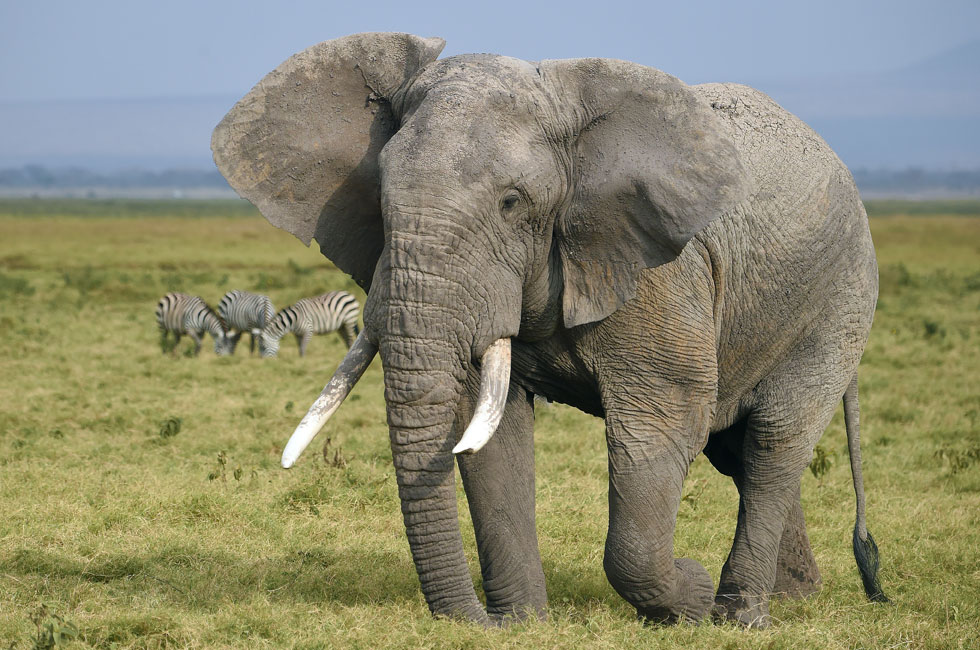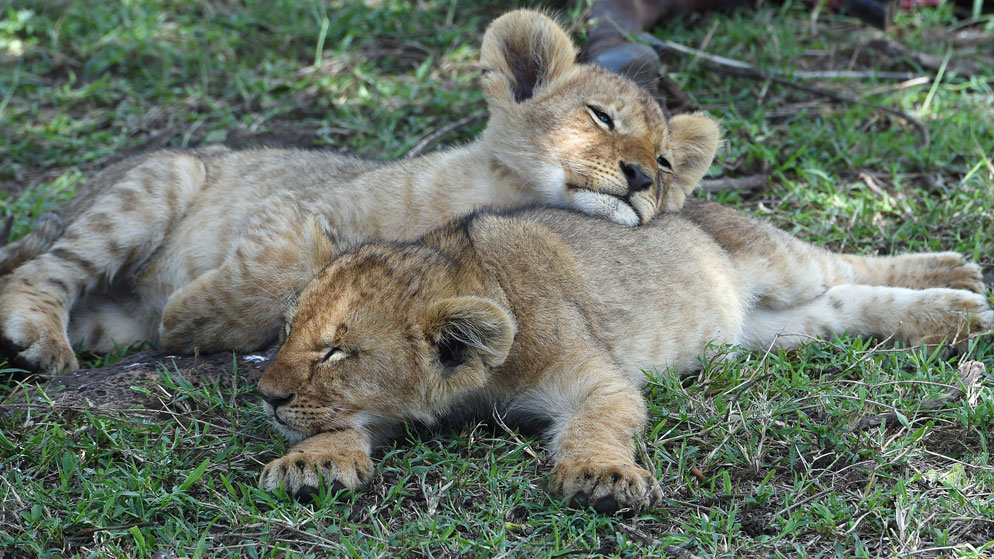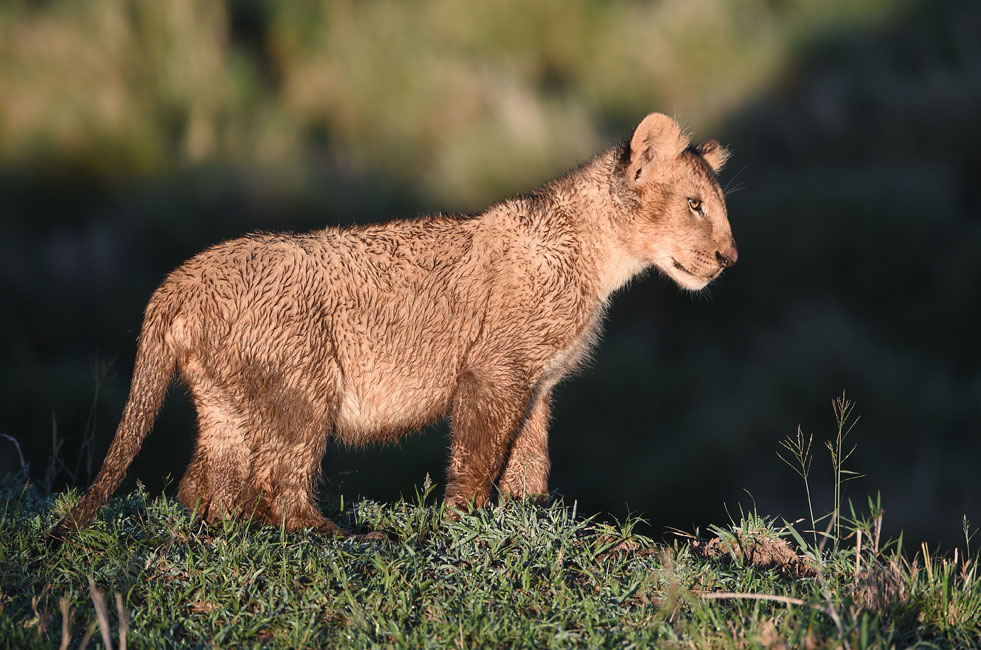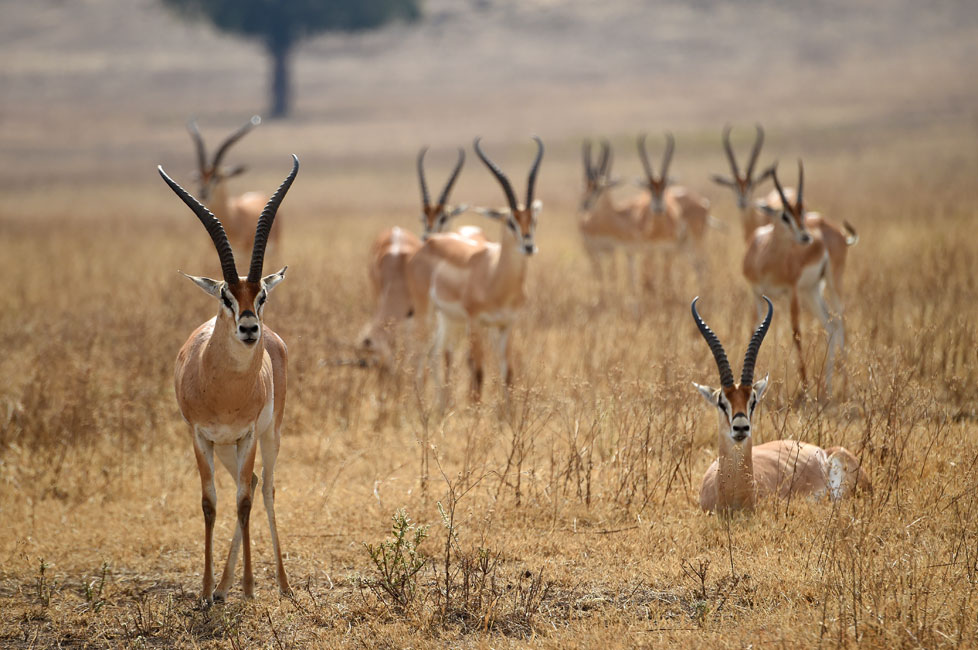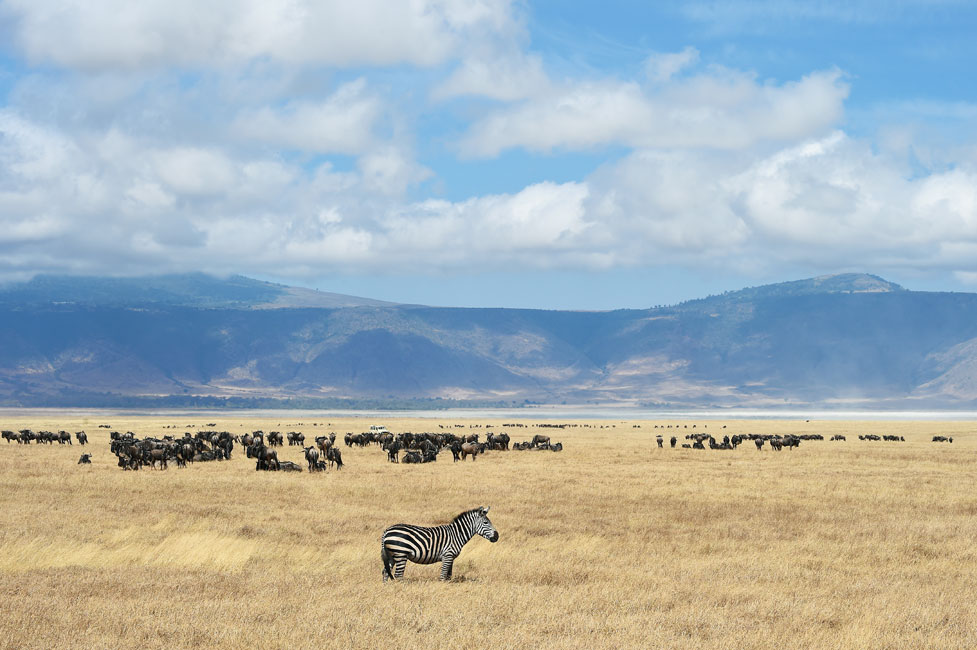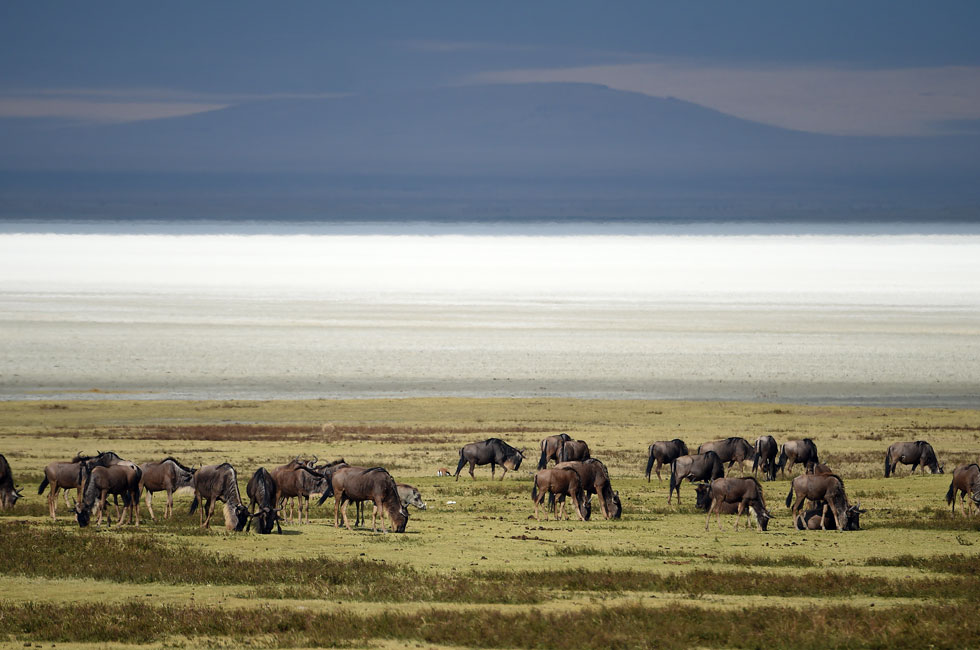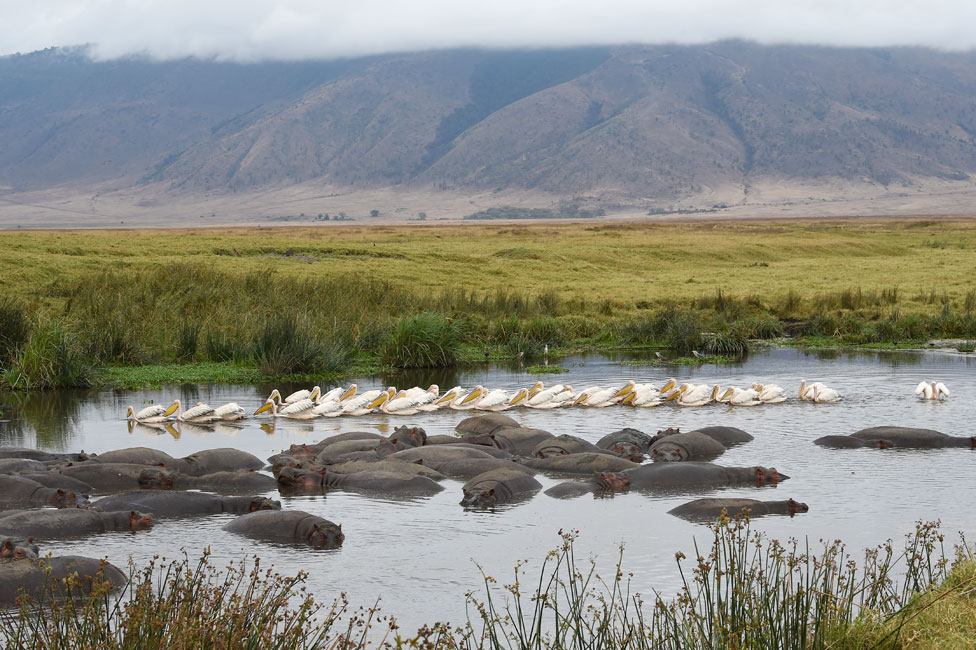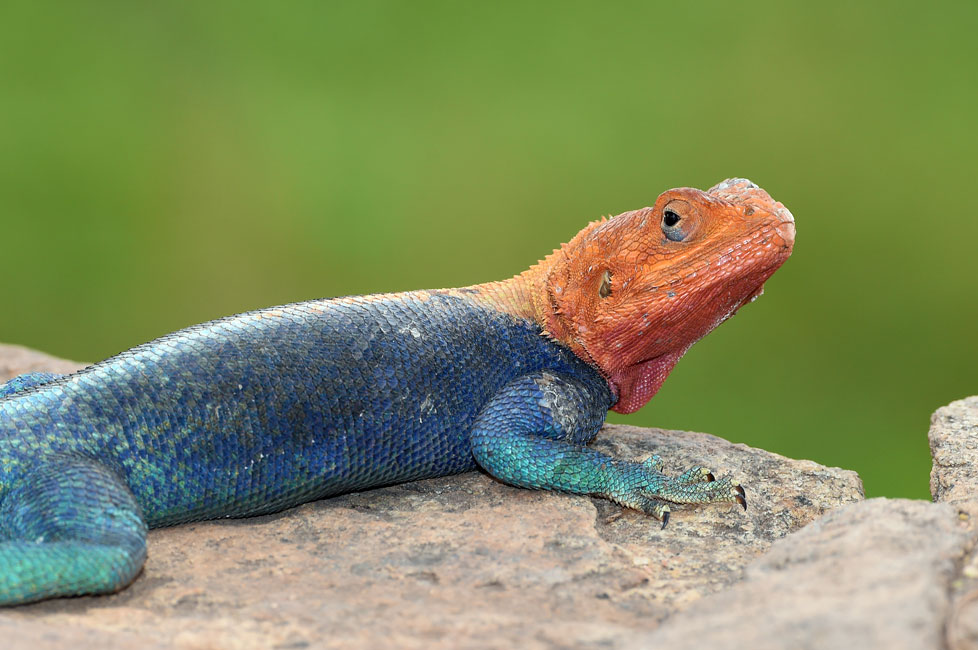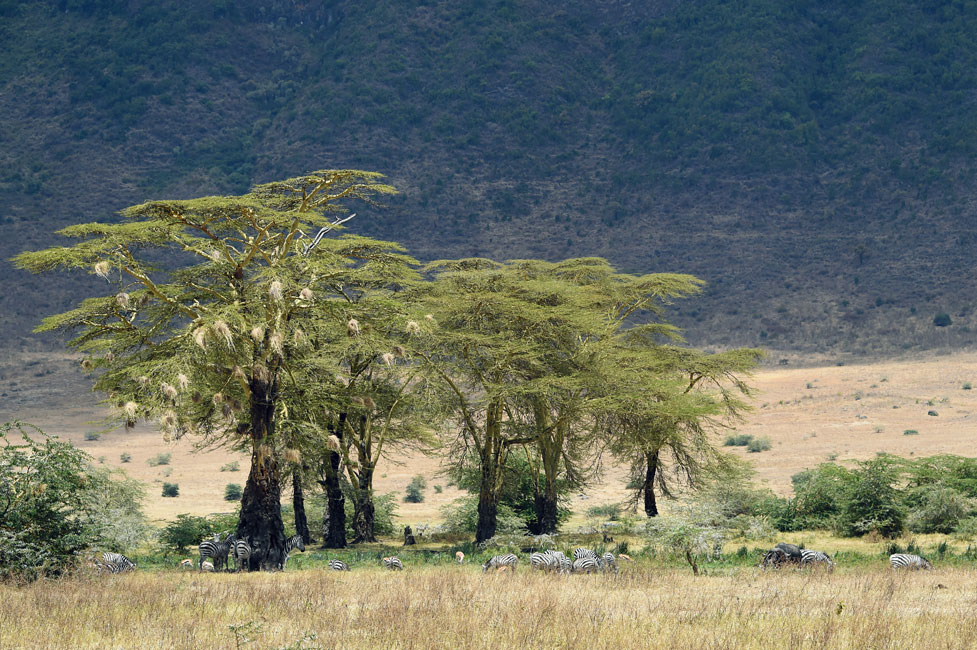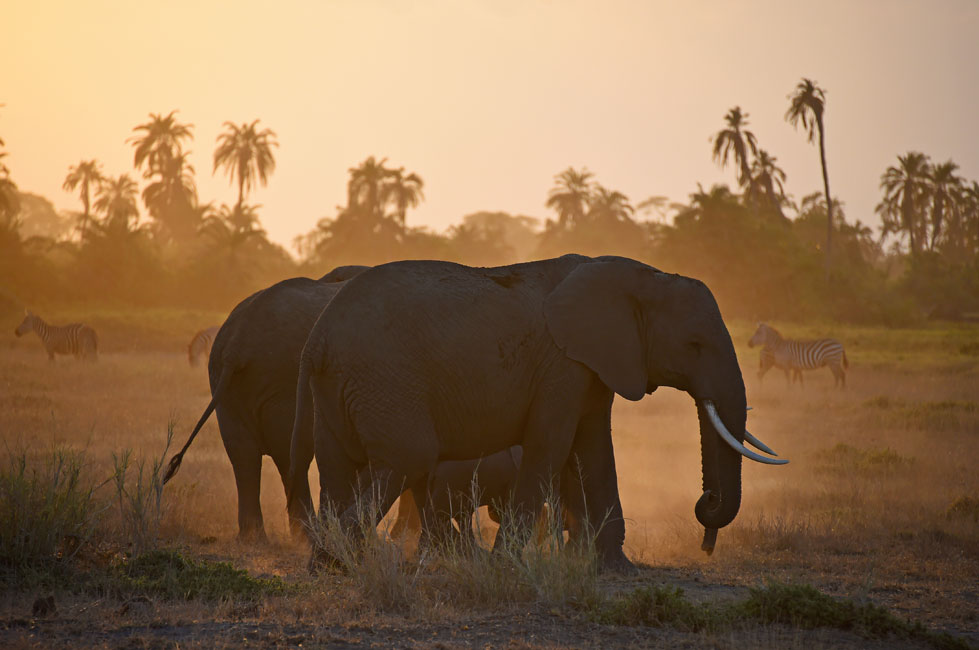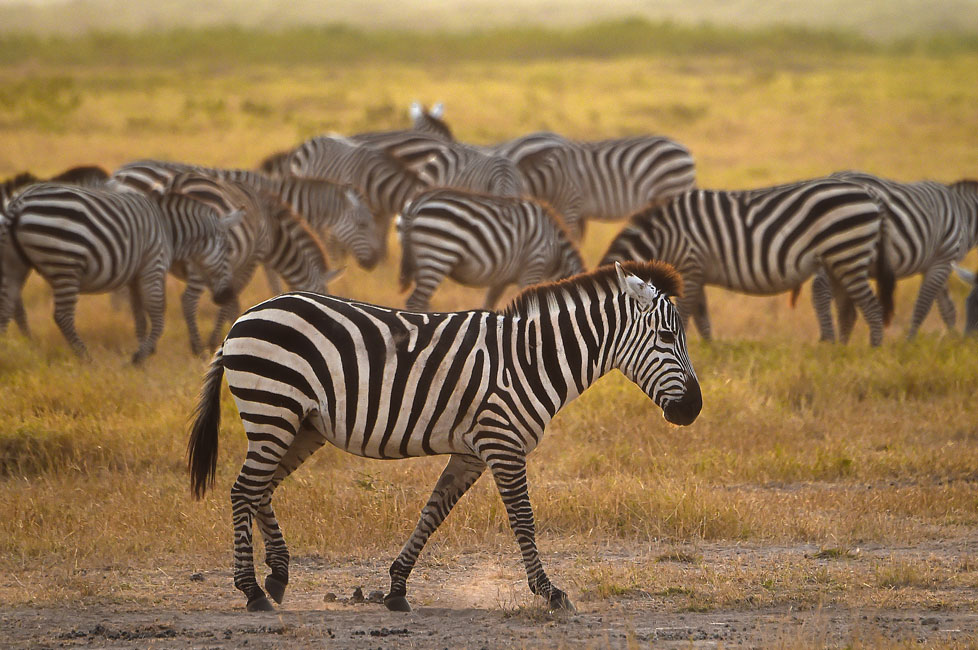Versatile Views of the World of Wildlife:
Field Testing the AF-S NIKKOR 80-400mm f/4.5-5.6G ED VR Lens
Not long ago we called Ron Magill to find out how his most recent photo safari had turned out, and to get his take on the performance of one of the NIKKOR lenses he had with him—the FX format AF-S NIKKOR 80-400mm f/4.5-5.6G ED VR. The lens was a new one for Ron, and his two weeks of travel and photography in Tanzania and Kenya was a bit of a field test for the long ranger.
Of course we knew our conversation would not be limited to the lens. Ron is not only an award-winning photographer, he's also a go-to wildlife expert for numerous media outlets, a documentary producer, the communications director at Zoo Miami and a Nikon Ambassador. Most important for the purposes of Learn & Explore, he has the expertise and enthusiasm to relate the technical capabilities of photo gear to what we all want that gear to do: enable us to take better, more satisfying pictures.
And Ron got right to that point when he said, "That lens was versatile not only in the range of its focal lengths, but in how well it worked for a range of subjects and their activities."
One is not a crop of the other; it's a zoom in from 135mm to 400mm. "I shot them pretty much consecutively," Ron says, "with no change of lenses needed. Shoot, zoom in, shoot again...it's perfect." D4S, AF-S NIKKOR 80-400mm f/4.5-5.6G ED VR at 135mm, 1/4000 second, f/5, ISO 640, aperture priority, Matrix metering.
One is not a crop of the other; it's a zoom in from 135mm to 400mm. "I shot them pretty much consecutively," Ron says, "with no change of lenses needed. Shoot, zoom in, shoot again...it's perfect." D4S, AF-S NIKKOR 80-400mm f/4.5-5.6G ED VR at 400mm, 1/2500 second, f/5.6, ISO 640, aperture priority, Matrix metering.
Photographing wildlife is, after all, going to present animals running toward you, running away from you and running across the landscape. "The 80-400mm covered all of that," Ron says, "whether I wanted to isolate something or wanted to get into the environment. I could have a lion hunting and get in that lion's face, and then I could spread the view and get the lion and its prey in the same photograph. That makes a huge difference—to be able to quickly zoom in and zoom out for different views, because events happen quickly out there; things change in an instant."
He also mentioned the overall advantage of a versatile zoom in that particular location at that time of year. "You don't want to be changing lenses in the dust of East Africa in the dry season."
The 80-400mm was, he says, "incredibly easy to hand hold. When the action's happening, you're able to point and shoot and get what you need without having to adjust a tripod—or even a monopod." And while Ron will sometimes use a monopod, and often a beanbag when he's in a safari vehicle, all the photos here are hand-held images taken with the 80-400mm's VR (Vibration Reduction) feature turned on.
On this, his 50th African photo safari, Ron traveled in Kenya and Tanzania, and he told us that over the years he's seen changes in climate and wildlife behavior. "Because of climate change, some of the migration patterns are changing," he says. "The migrations revolve around the rains—these animals are following the rains and the new grass. Some years you could guarantee the migration would be taking place in August; now it could be as late as September or as early as July, and I've seen changes over the last five years in the migration patterns as well." The animals are coming in great numbers, but the herds are more spread out, not as dense, so the kinds of pictures he gets will be different.
Almost all of Ron's safari photography is accomplished from safari vehicles to which the animals are pretty well acclimated. "But if you were to step out, they'd take notice," he says, "so that's one of the rules: stay inside the vehicle. You can stand up in some of the vans, but not in an open, Jeep-type vehicle. You have to keep the outline of the vehicle familiar to the animals; once the normal look—the pattern of the vehicle—is broken, they'll move fast."
In Kenya's Masai Mara National Reserve, the wildlife activity is usually concentrated around the Mara River. "Animals by the hundreds, if not thousands, will be plunging into the river to get across. There are crocodiles in the river, and lions on the other side, but their urge to cross is so strong because they know the green grass is on the other side."
Most people on safari want large animals as their subjects—lions, elephants, hyenas, antelope—and in the dry season these animals will be easier to see and photograph simply because there is no thick brush to hide them. "If you want to photograph insects and birds, you don't go at migration time," Ron says. "You'll see them in the rainy season."
Not only time of year, but time of day is crucial to safari photography. "The action tends to happen at sunrise and sunset," Ron says. "The animals are a lot more active. The safari tour people know that, so that's when the safari vehicles roll out."
Which used to be a problem for photographers: the light was ideal at sunrise and sunset, but it was low light, and that was a challenge. These days, it's not given a thought. "With the incredible sensors we have in our cameras, you can boost the ISO to, say, 3200, and keep a long lens steady at a shutter speed fast enough for sharp images in low light. I hardly ever shoot below ISO 800 anymore, and often at over 1000. There are times I'll put the camera up to 6400 ISO and take an image, and when I check the LCD I'm seeing things I didn't see in the scene when I took the photo—not even with long zooms and telephotos. I call it photo magic."
Ron's Top Tips for Wildlife Images $
-
Don't chase the animals; wait for them to come to you—and they will. "It's their territory, take advantage of that," Ron says. "People chase because they think they're going to miss something. They will, but it's something that will happen right where they are. When you find animals, photograph, wait and watch—wildlife behaviors change all the time."
-
When something's happening, put the hammer down. "Shoot at the maximum frame rate possible. Animals will do things your eye will not see. if you think you're good enough to say, 'I know when to press the shutter to get the photo,' you're missing the huge advantage of the equipment. in the case of the D4S, which I used on this safari, my eye cannot see nine frames per second. Let the equipment work for you. There's no such thing as too many images; you can always delete, but there's no add button."
-
On a photo safari, and for wildlife in general, you can never wake up too early or stay up too late. "The action is in the morning and the evening; sleep all you want at mid-day."
-
Respect the wildlife and stay safe. "Don't ever stress out an animal for the sake of an image by following, getting too close or moving too fast. I've seen people try to get a photo of a leopard hunting, but they get too close, and the prey sees or hears the car coming and the hunt's over. Don't make the animal's life more difficult. Blend in and accept what happens; don't try to create what happens."
-
Understand that what you're going to see on safari are not scenes from a kids' movie. "This is real life, and if you're squeamish, you can look away and not shoot. It's often a tough and brutal world out there, but this life goes on whether you're there or not. You're not causing it, you simply want to experience and record it."

